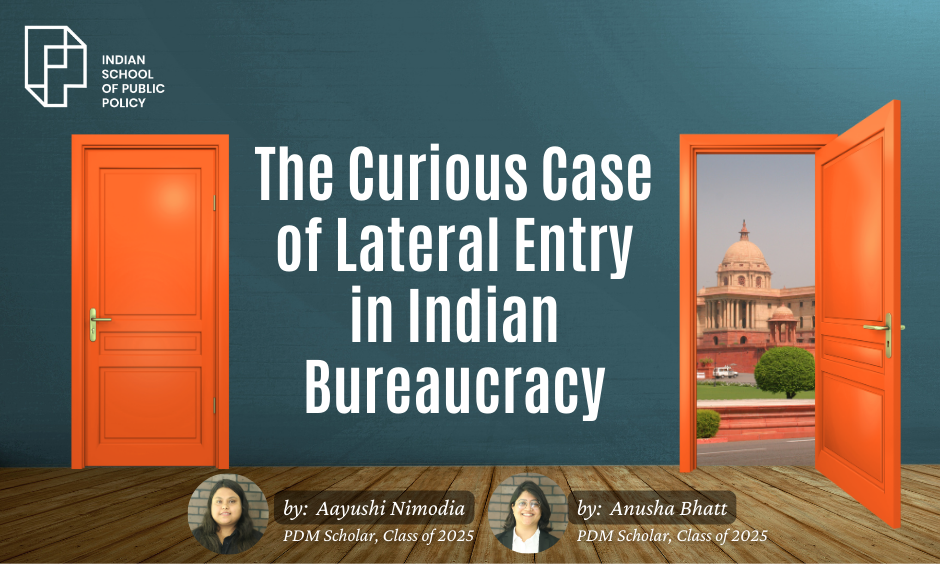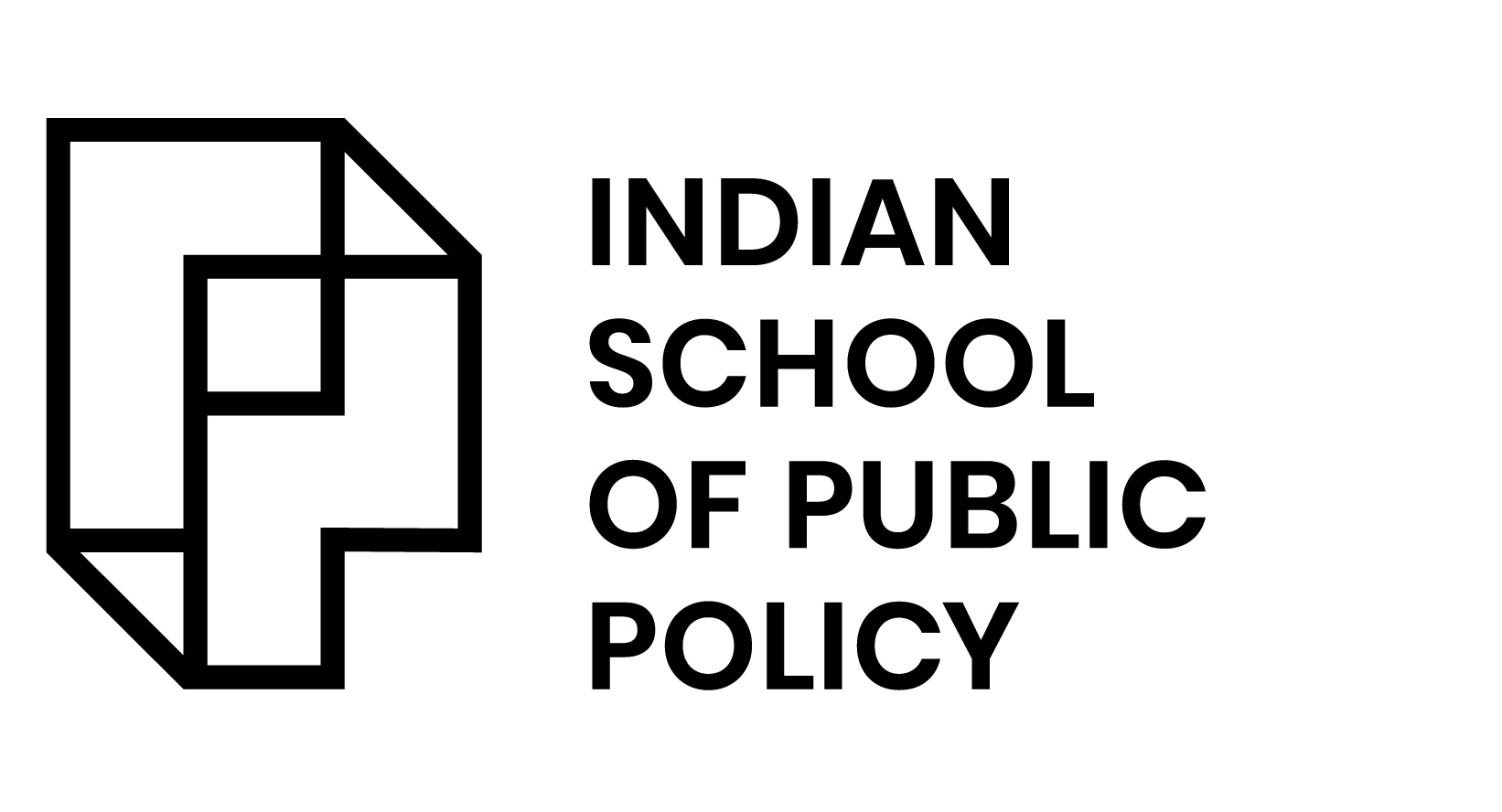
The Curious Case of Lateral Entry in Indian Bureaucracy

The lateral entry system in India’s bureaucracy has been a subject of debate and political friction for decades. Most recently, the National Democratic Alliance (NDA) allies and opposition parties opposed the Central Government’s decision to appoint 35 director/deputy secretary-level and 10 joint secretary-level positions via lateral hiring.
The Union Public Service Commission (UPSC) was urged to rescind the advertisement on August 20, 2024, by Jitendra Singh, the Minister of Personnel, Public Grievances, and Pensions. This move was framed as an advancement toward social justice and empowerment. However, it reignited the long-standing debate on whether lateral entry is institutional discrimination in disguise or a significant step toward reforming the civil services.
What is Lateral Entry in Indian Bureaucracy?
In lateral recruitment, candidates are hired on 3 to 5-year contracts, with potential extensions based on performance. They must have specific technical qualifications and domain-specific proficiency. The recent UPSC Lateral Entry roles required a minimum of 15 years of experience in the relevant field, such as technology for a Joint Secretary position, along with a sound knowledge of regulations, laws, and policies relevant to the domain. However, the eligibility differs according to the role and seniority.
The Appointment Process
Lateral recruits are generally brought in on contracts of 3 to 5 years, with the possibility of extension based on their performance. These candidates must meet specific technical qualifications and demonstrate expertise in their domain. For example, the recent UPSC lateral entry positions required candidates to have at least 15 years of experience in fields such as technology or economics, along with a solid understanding of relevant regulations and laws. The eligibility criteria differ according to the role and seniority of the position.
The Evolution of Lateral Entry in Indian Bureaucracy
While lateral entry appears to be a modern innovation, it traces its roots back to the early days of Indian independence. Jawahar Lal Nehru recognized that the nascent Indian Administrative Services needed external expertise to complement its efforts in nation-building. Though informal at the time, this laid the groundwork for what would later become a more structured approach to lateral hiring.

Source:ilearncana.com
Formal discussions around lateral entry gained momentum in 2005, when the Administrative Reforms Committee (ARC), chaired by Veerappa Moily, proposed it as a means to revamp the administrative system. This led to the appointment of several high-profile experts from fields such as economics and technology. Prominent examples of lateral entry appointments during the UPA era include Dr. Manmohan Singh, Montek Singh Ahluwalia, Arvind Virmani, and Sam Pitroda, among others.
Despite these individual successes, the UPA government never fully formalized lateral entry as policy, largely due to political opposition, coalition pressures, and external crises like the global financial downturn.
Present-Day Challenges and Political Pushback

Source:www.timesnownews.com
Fast forward to the present, and the Narendra Modi-led NDA government has found itself entangled in similar political resistance. Critics like Rahul Gandhi have denounced lateral entry as an “attack on Dalits, OBCs, and Adivasis.”
This sentiment was echoed by Union Minister Chirag Paswan, who argued that the provisions of reservation must be upheld in all government appointments.
Nevertheless, some voices in the bureaucracy are advocating for the continuation of lateral entry. Former IRS officer Ravi Kapoor asserts that lateral hiring could modernise the bureaucracy by making it more dynamic and responsive. Similarly, Smita Sabharwal, Member-Secretary of the Telangana Finance Commission, expressed her disappointment over the withdrawal of the lateral entry advertisement, calling it a missed opportunity to introduce fresh talent into the civil service.
Why Lateral Entry Matters: The Case for Reform
Proponents of lateral entry argue that a structured policy for bringing in experts from outside the civil services could greatly enhance the effectiveness of governance. These specialists, often with backgrounds in PSUs and the private sector, bring valuable data-driven research, technological know-how, and modern management practices. Moreover, many have international experience, enabling them to integrate global best practices into Indian policymaking.
In 2016, a Parliamentary Standing Committee led by Shashi Tharoor recommended broadening the pool of candidates for ambassadorial and high commissioner roles to include not just IFS officers but also “eminent persons” from academia, business, and other fields. Such recommendations underscore the potential for lateral entrants to elevate the quality of governance by bringing in fresh perspectives and specialised knowledge.
The Path Forward: A Balanced Approach
While lateral entry is undoubtedly a step toward modernisation, it must be implemented with caution. Policymakers need to address concerns about social justice and ensure that the system remains inclusive. A balanced approach that incorporates both traditional civil service expertise and external talent could pave the way for a more effective and responsive bureaucracy.
Conclusion
The debate over lateral entry highlights the tension between tradition and innovation in India’s bureaucracy. While the political pushback has slowed its adoption, the potential benefits of introducing external expertise into governance cannot be overlooked. The future of lateral entry will likely hinge on finding a balance that satisfies both the need for specialized skills and the principles of social equity. As India continues to navigate complex policy challenges, lateral entry could prove to be a vital tool for enhancing the efficacy and inclusivity of the nation’s administrative machinery.
Questions for Reflection
- Do you believe that lateral entry compromises social justice in public service recruitment?
- How can India strike a balance between maintaining inclusivity and bringing in external expertise for governance?
By keeping these questions in mind, we can continue the dialogue on how to best reform and modernise India’s bureaucracy.
Register your Interest to Study at ISPP
FAQs
1. What is lateral entry in Indian bureaucracy?
Lateral entry refers to the recruitment of professionals from the private sector, academia, or public enterprises into mid and senior-level positions in the Indian bureaucracy, typically on a contractual basis.
2. Why is lateral entry important?
Lateral entry helps bring specialised knowledge and expertise to the Indian bureaucracy, addressing complex governance challenges with data-driven, modern approaches.
3. What are the controversies surrounding lateral entry?
Critics argue that lateral entry could undermine the reservation system and be unfair to traditionally marginalised groups. Political opposition has also stalled its wider implementation.
4. How does lateral entry benefit governance?
Lateral entry can enhance governance by bringing in experts who contribute fresh ideas, global best practices, and specialised skills to the policymaking process.

Aayushi Nimodia
PDM Scholar, Class of 2025
Aayushi graduated with a degree in economics from the University of Delhi. She comes from a business family in Rajasthan that is settled near Kaziranga National Park Assam. She brings experience in the policy space, gained while working at the Office of Mr. Baijayant ‘Jay’ Panda (Hon’ble Member of the Lok Sabha). She also comes with good interpersonal communication and management skills from running his family business. She aspires to gain the knowledge and skills required to design and implement policies that promote equitable and sustainable development. She embraces challenges and is a firm believer in the process of learning and unlearning to create a lasting social impact.
Linkedin: https://www.linkedin.com/in/aayushi-nimodia-031749169/

Anusha Bhatt
PDM Scholar, Class of 2025
Anusha Bhatt is a lawyer and political consultant who has worked at IPAC, making significant contributions to political strategy and campaign management. With a keen eye for data analysis and a passion for effective communication, Anusha has successfully navigated the complexities of the political landscape. She is now furthering her expertise by pursuing a course in public policy at ISPP, aiming to deepen her understanding and impact in the field.
Linkedin: https://www.linkedin.com/in/anusha-bhatt/

